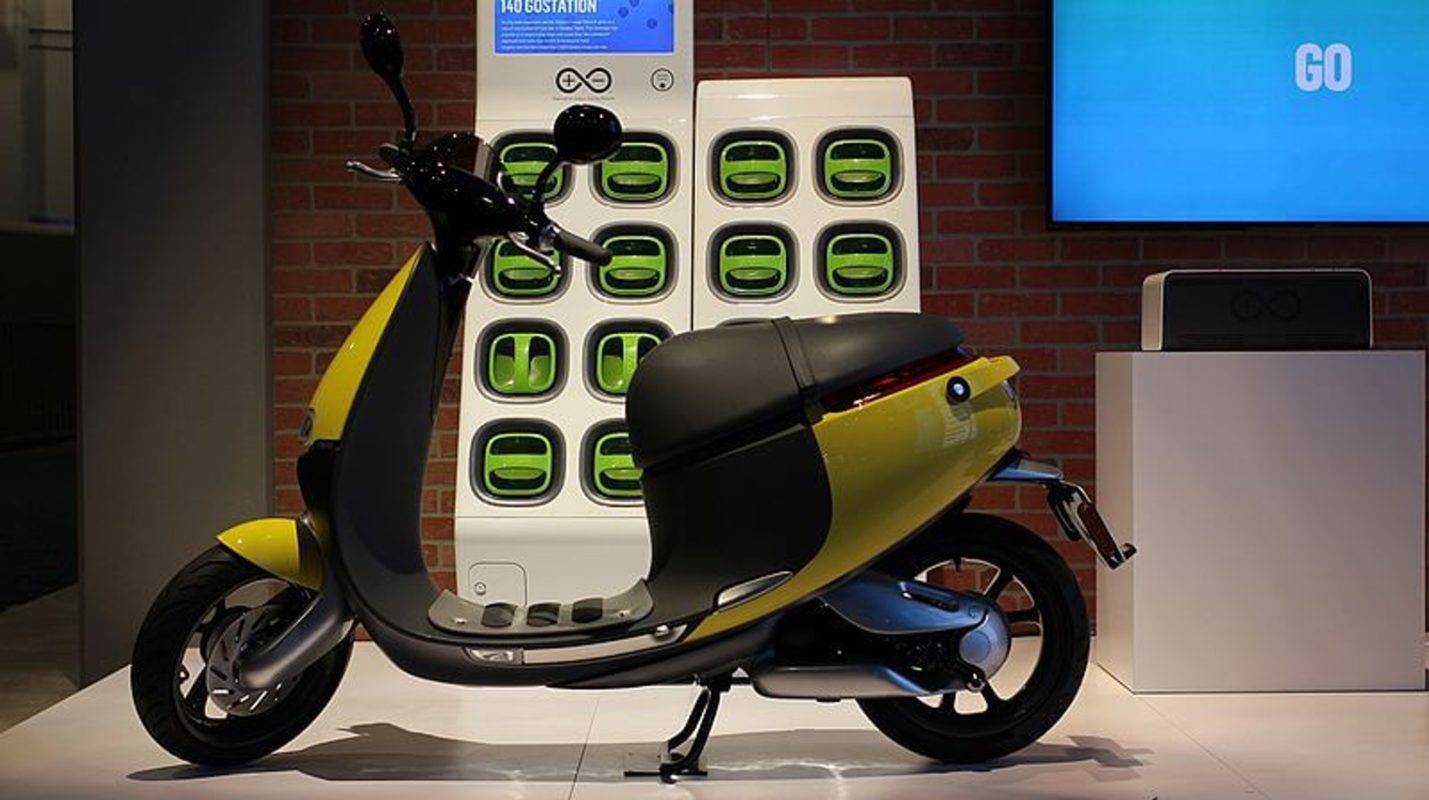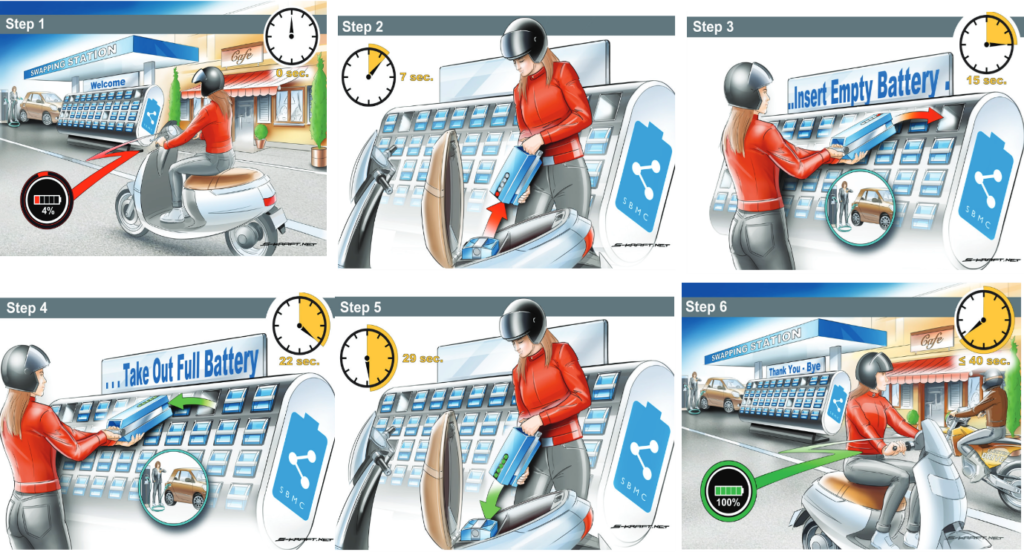
- Categories:
- News
- /
- Blog
Battery Swapping for E-Mopeds: A Gamechanger for Urban Last Mile Travel?
Blog: By Rishabh Ghotge, Zero Emissions Mobility Specialist, Cenex Nederland
When I was around 16 years old, I used to ride a moped to school. In Pune, the city in western India where I grew up, this was very common. Once known as the City of Bicycles, Pune has now embraced two-wheelers as its preferred mode of transport – today, about 3 out of every 4 motorised vehicles in the city are two-wheelers.
Riding at top speed on my black Honda Activa, I’d weave through the city traffic to get to school and the wide range of extra classes I was attending then (I was probably a public menace to others on the road, but hey, I was 16!). I could park just about anywhere I needed to go in less than a square metre of space and the low cost of travel put it within my weekly allowance. There was no other mode of transport that could compete – particularly when I was 16, I’d need to wait another two years for a motorcycle license.
The bus would have been fine if I only went to school and back: it was eight kilometres each way with a direct connection. But adding in extra tuition classes, a quick stop for meds for my grandfather, and an occasional side trip for groceries or the post office, and going by bus just didn’t make sense. I’d have spent hours each day waiting at the bus stop. This was at an age when a lot of Indian kids put in every spare minute they had towards studying for competitive exams. Waiting at the bus stop might have cost me a spot in University. At least that’s what I told my parents. It is this time-saving aspect that most teenagers in Pune use to convince their parents to give them mopeds – and it works!
In the Netherlands, where I currently reside, every city is a City of Bicycles. Given the short distances, flat landscape, and dedicated infrastructure, bicycles are an excellent mode of transportation. However, mopeds still serve a purpose for specific types of trips. Similar to Pune, where distances are long, routes are complex, multiple destinations are involved, time is crucial, and the budget is tight, mopeds are extremely practical. In larger European cities like London, Paris, Madrid, and Berlin, with populations numbering in the millions, mopeds play a more significant role, although probably not as substantial as in Pune.
It is precisely these large cities where air pollution is an issue and is being combated through targeted legislation. Between 2019 and 2022, the number of low emission zones in Europe grew by 40%, from 228 to 320, with another 500 or so expected by 2025, mainly driven by national legislation in the EU member states. The need for zero emission alternatives to mopeds makes these cities fertile ground for electric mopeds, which are slowly increasing in number.
Electric mopeds reduce the contribution of mopeds to air pollution in cities to negligible levels. However, they also have shortcomings such as limited range, lack of public charging infrastructure, long charging times, and high initial cost. Most e-mopeds offer only 50 km to 100 km of range on a full charge, making them suitable for use within a small radius of urban areas. The high initial cost of electric mopeds is primarily due to the expensive battery, which accounts for about half of the vehicle’s total cost.
New technology is emerging as a solution: battery swapping. Simply remove the roughly 10 kg batteries from the moped, insert them into a vending machine-style station, and then replace them with a fully charged battery from the station before riding off. The entire process takes only about a minute.
With speed, convenience and a lot more driving range, these battery-swapping stations are becoming popular in the world’s big two-wheeler markets. Taiwan, where the first mover in the sector, Gogoro, is based, already has more locations offering batteries than petrol. These swapping stations are quickly moving to gain traction in India, Indonesia, Kenya, Rwanda and other locations. A key feature is the subscription-based model: you pay for the battery through a monthly fee including unlimited swaps. That halves the initial costs for the moped and makes going electric a lot more affordable.
Source: Swappable Battery Motorcycle Consortium (SBMC)
What about Europe? Will battery swapping be beneficial for moped drivers using fossil fuels who won’t be allowed in low-emission zone cities? I believe that with convenience, speed, and the right price, there will definitely be a shift to battery swapping – it’s just a matter of time. For businesses involved in last-mile delivery, it allows them to get more out of their vehicles, share vehicles among drivers, and operate over longer ranges. This is the same kind of trip where mopeds are most useful: when distances are long, routes are complex and involve multiple destinations, time is crucial, and the budget is limited.
In the eyes of European customers, cars are still a top priority, and the battery swappers recognize this. Most of the exciting developments are happening in other parts of the world. I hope to see swapping stations in Pune during my next visit, now that Gogoro has announced their launch in mid-2024. For now, I am content with my bike in the Netherlands.
If you’d like to see further work Cenex has done or find out more about how we can help you with your sustainable travel solutions please click here: Sustainable Travel Solutions (cenex.co.uk)
